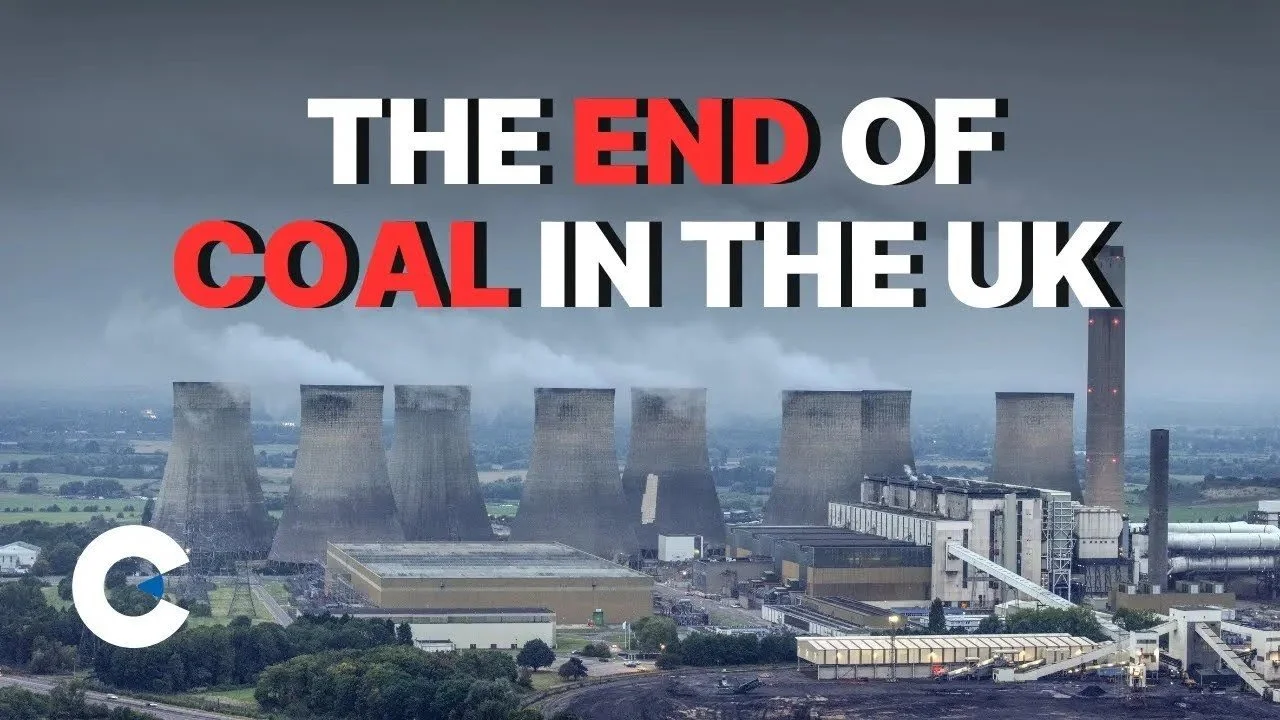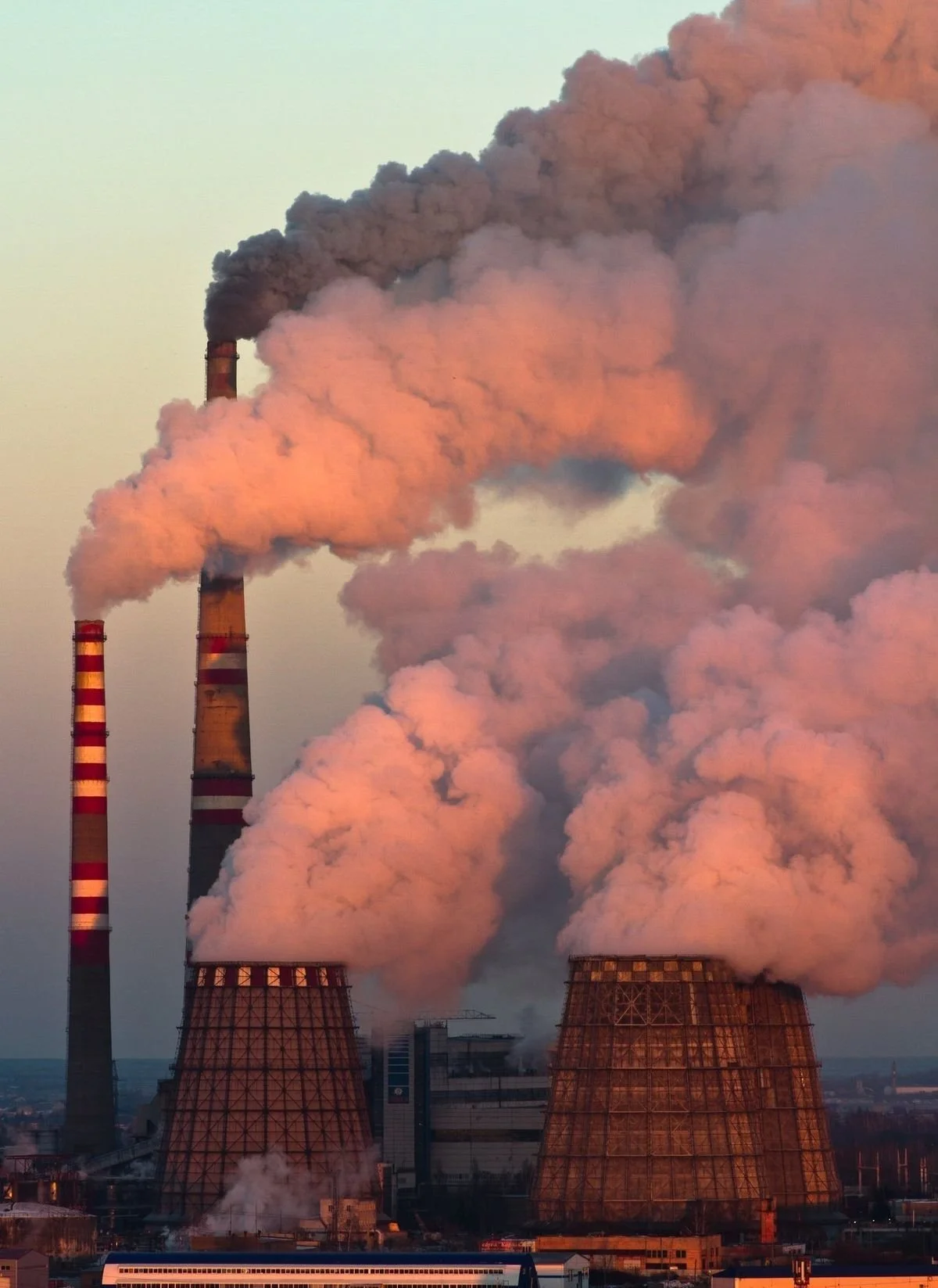The Desert Comes Alive: Lake Eyre’s Fleeting Oasis
Every so often, the middle of Australia puts on a show that feels almost impossible. Kati Thanda–Lake Eyre, usually a blinding white salt pan, is once again full of water and life. After months of inland rain funnelled down from Queensland and the Northern Territory, the country’s largest lake has turned into an inland sea, spanning almost 9,500 square kilometres.
When the water arrives, so does everything else. Thousands of pelicans, banded stilts and migratory birds from as far as China and Japan have descended on the lake, following ancient flyways that somehow still remember the way to this brief paradise.
A once-in-a-decade bloom
Most years, Lake Eyre is a salt crust shimmering in 40-degree heat. But when the inland rivers flow, the transformation is near-instant. Brine shrimp hatch, plankton bloom and desert wildflowers burst through cracked clay. It’s an ecosystem that’s learned to wait patiently, then explode into life when the moment is right.
Researchers say more than 100,000 pelicans are nesting this season, some travelling over 1,000 kilometres from the coast to breed (BirdLife Australia, 2025). It’s one of the few places left where entire colonies can thrive without human disturbance, at least for now.
The science behind the spectacle
This inland revival is beautiful, but also bittersweet. The lake fills less often now than it used to, thanks to shifting rainfall patterns and rising evaporation rates. When it does, the water rarely lasts long, a few months at best before it shrinks back into salt and silence.
Still, for the Arabana people, the Traditional Owners of the region, these floods are more than a natural event. They’re a spiritual renewal, a reminder that life and culture here have always been tied to cycles of abundance and absence.
References
BirdLife Australia (2025). Lake Eyre Pelican Monitoring Report. https://datazone.birdlife.org/site/factsheet/24442-lake-eyre



